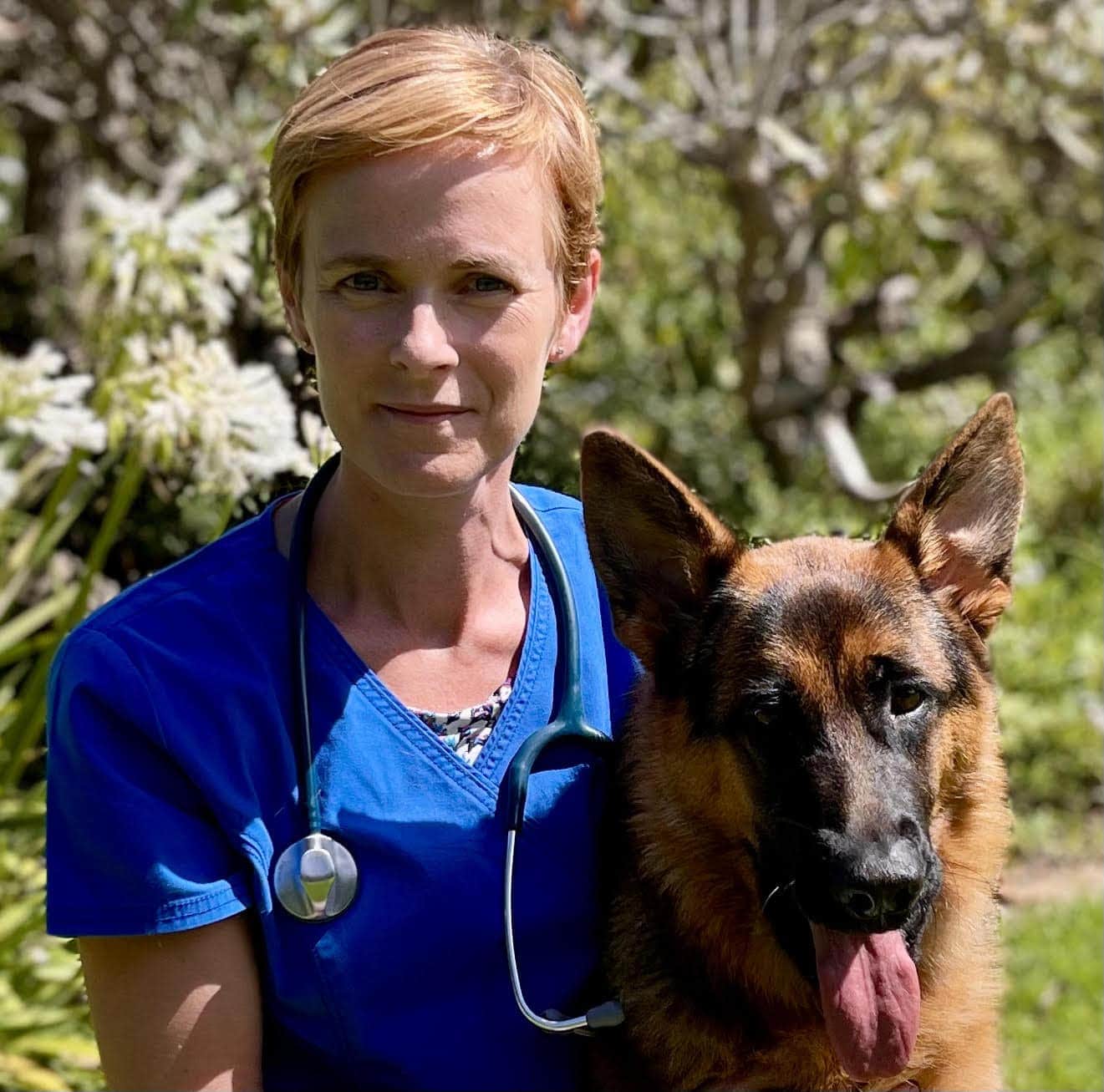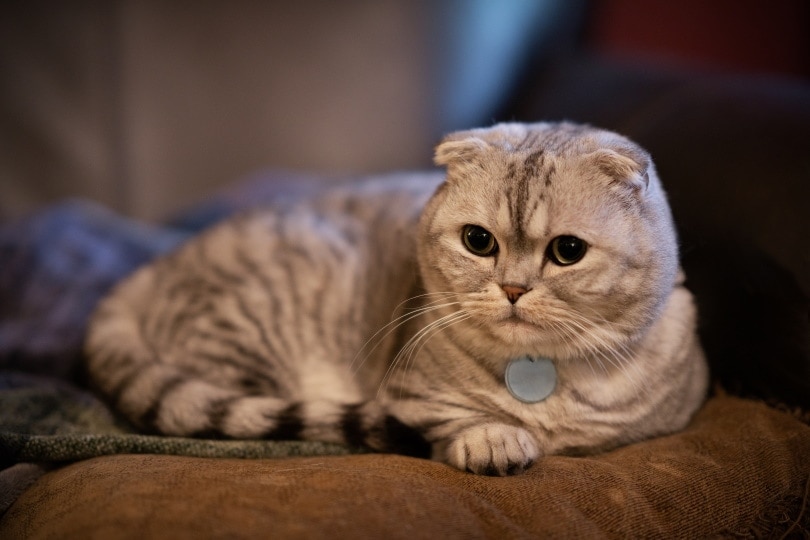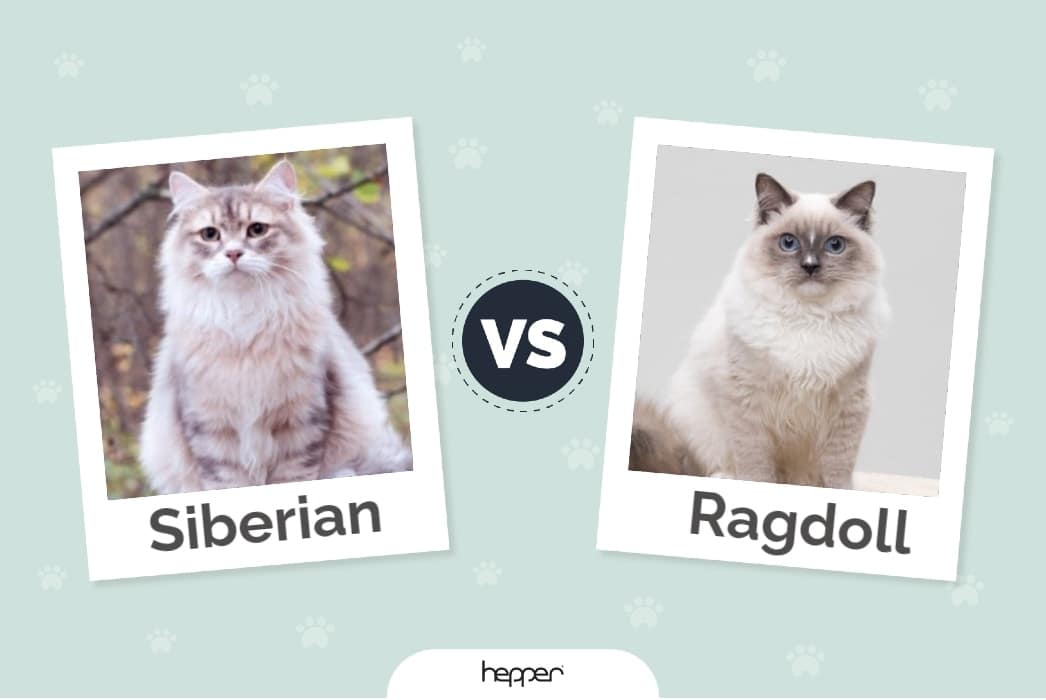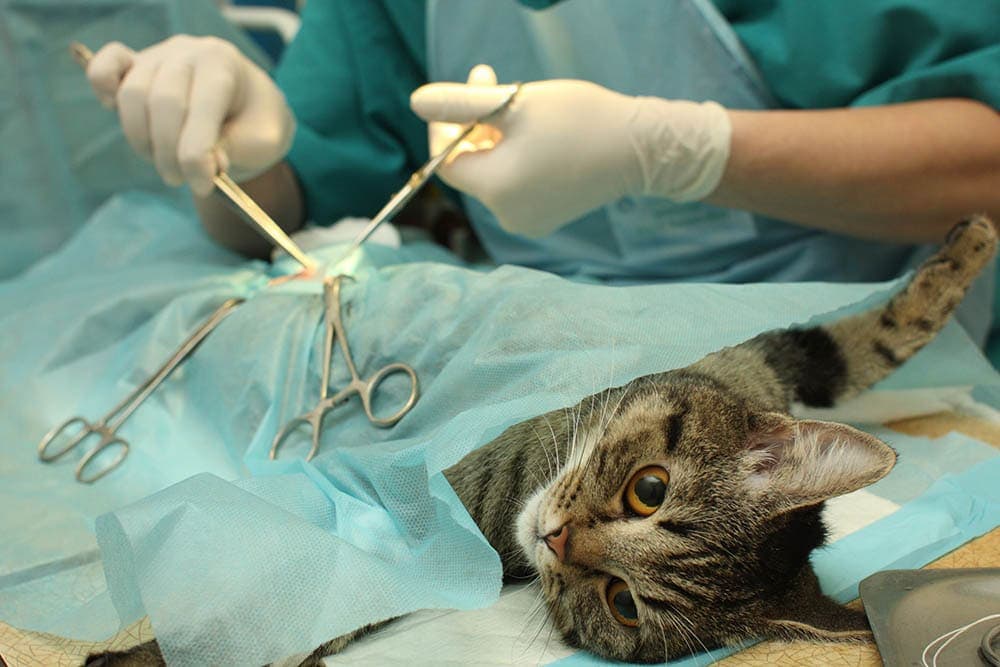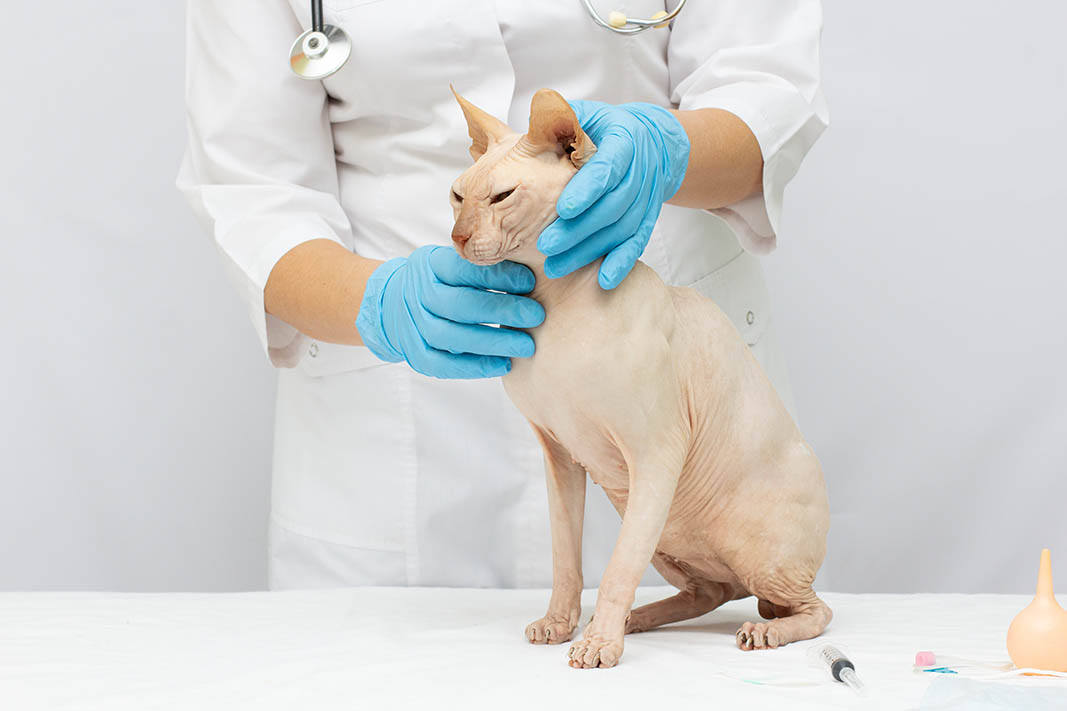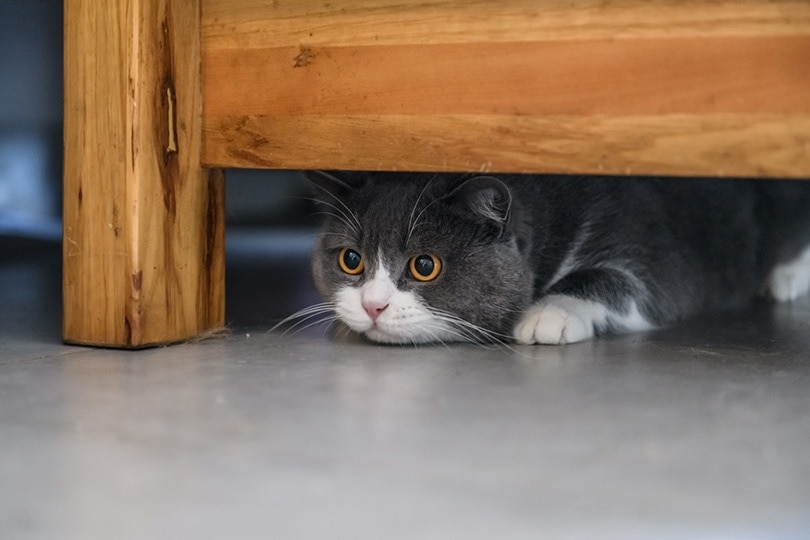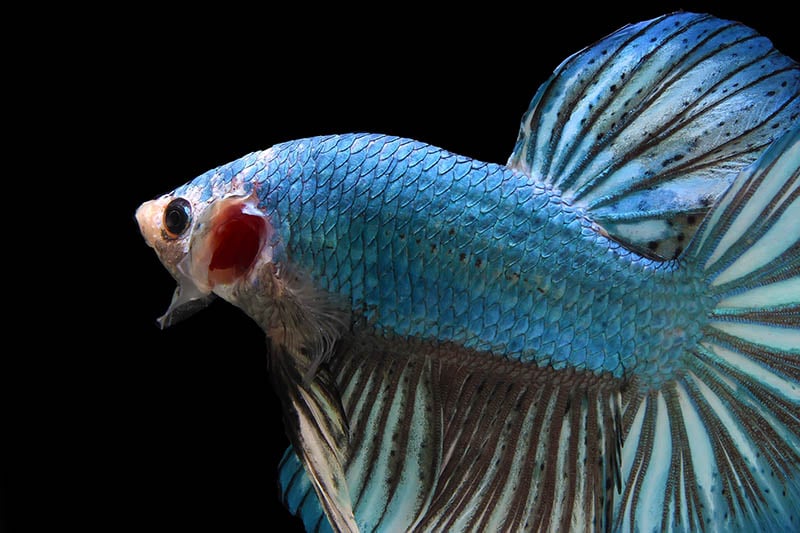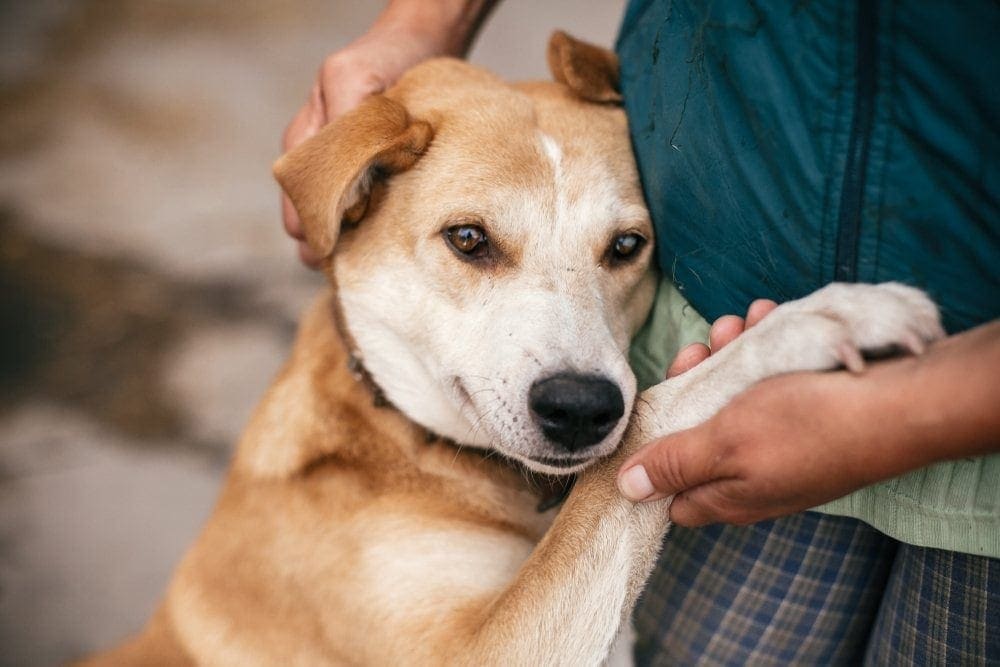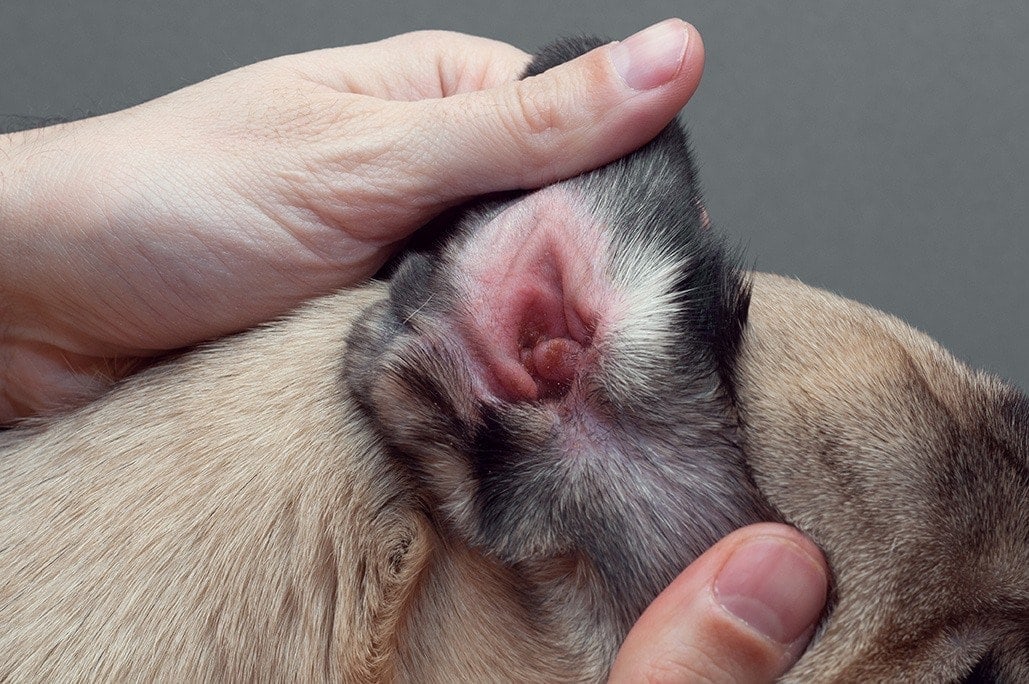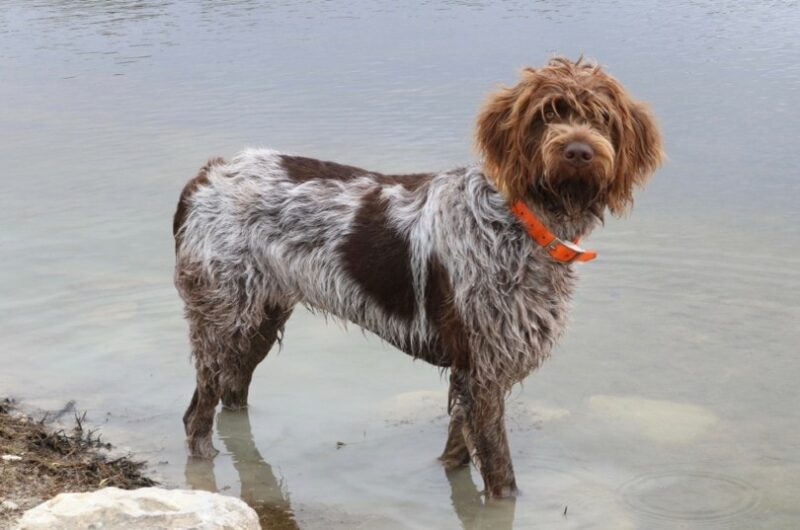Can Cats Drink Tap Water? Vet-Reviewed Safety Tips

Updated on
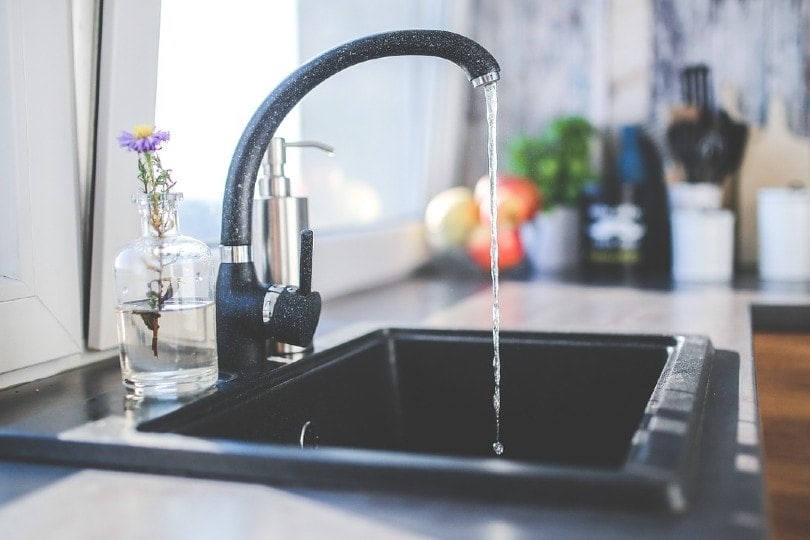
Water is a vital resource that sustains all life, from humans to plants to pets like cats and dogs. We know cats need water, but what type of water is best? Can cats drink tap water?
Yes, cats can drink tap water. The water needs and ideal options for cats are more complex, however.
Hard vs. Soft Tap Water
When it comes to tap water, the quality is impacted by the municipality. Hard water has more minerals than soft water, such as calcium, magnesium, and iron. While most veterinarians agree that this mineral content isn’t significant enough to lead to health issues, others recommend giving cats untreated water free from water treatment additives.
While there’s no conclusive evidence, limited research suggests that urinary issues in pets may be correlated with areas prone to very hard water. However, more research is needed to definitively connect hard water with health problems.
Soft water may not be ideal, either. The water-softening process adds sodium ions to water, and the amount depends on how hard the water is to start. This may not present a problem for healthy cats, but cats with conditions that require a low-sodium diet may not do well drinking soft water.
In addition, some cats may not like the taste of soft water, which can lead to dehydration. Water softeners only soften the water, not filter it. Your cat will still be exposed to the minerals found in treated water.
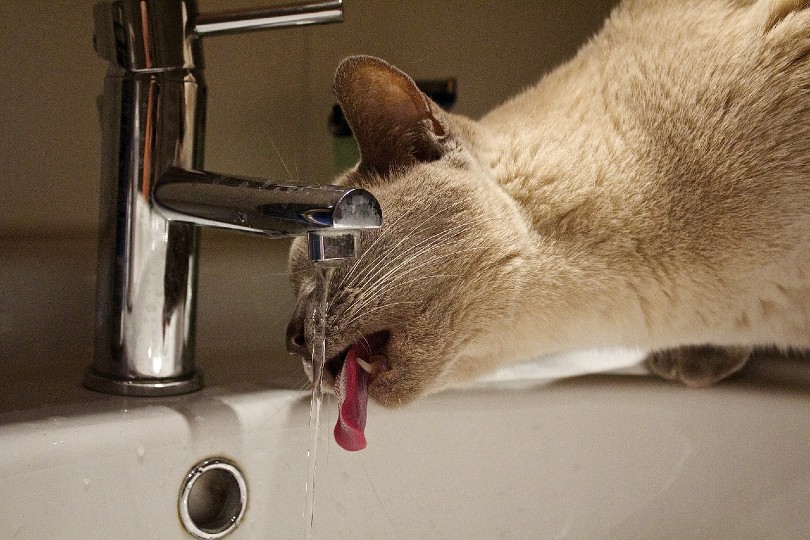
Cats’ Hydration Needs
All living things need water to survive, but the amount of water varies between species. Cats have characteristics that help them retain water and tolerate fluid losses well. This is likely because wildcats evolved from desert-dwelling species where water is scarce, leading the species to conserve water as needed.
In addition, cats in the wild get a lot of water from eating their prey. Domestic cats on commercial diets, especially dry kibble, need additional drinking water. Cats are likely to respond to low-grade dehydration by concentrating their urine rather than drinking more and chronically dehydrated cats may be more prone to kidney and urinary tract diseases.
Water Preferences and Drinking Habits of Domestic Cats
A study conducted by Royal Canin observed the preferences in drinking water methods and types in domestic cats. The data was owner-reported and used a small sample size, but the researchers gleaned several insights.
Most of the cats were offered water in bowls, while a few had cat fountains. The cats that had both options preferred the bowl. Nearly 60% of cats were seen drinking from other available water sources, such as human dishes, watering cans, or flowerpots. Cats with outdoor access drank from ponds and puddles, often preferring the outdoor sources over the indoor sources.
These cats were offered multiple water choices, including tap water, filtered tap water, mineral water, and rainwater. Even if alternative sources were available, the cats preferred the tap water. Keep in mind, however, that the water quality in the study’s location is high quality.
- Cats didn’t seem to prefer bowl material (ceramic, metal, etc.) but did show a preference for the smaller diameter bowls.
- The study found no significant difference in water intake with bowls vs. fountains.
- Cats seem to prefer multiple water points in various rooms or outdoors.
- Cats seem to show more of an individual preference for water method and type, rather than a species-wide preference.
- High-quality tap water is sufficient for cats and is often preferred unless it has high chlorine content.
The study also revealed that cats are curious and opportunistic drinkers, so it’s important to use caution when cats are around potentially toxic drinks like coffee, tea, or other caffeinated beverages. In addition, outdoor water sources may have pesticides or other contaminants that can be dangerous for cats.
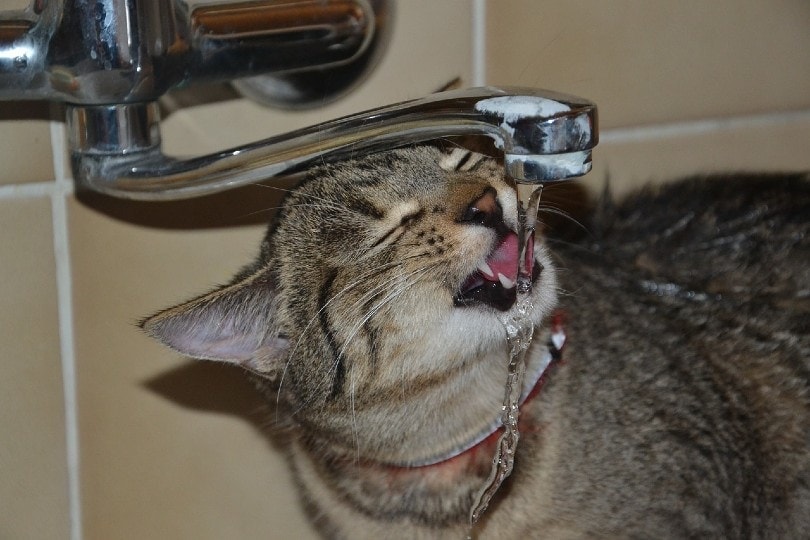
How to Get Your Cat to Drink More Water
The Royal Canin study revealed that cat drinking preferences are varied and individual. If your cat doesn’t drink enough water, here are some tips you can try:
- Provide multiple drinking options in multiple rooms for your cat.
- Separate the food and water bowls, as cats prefer to drink away from their food
- Give cats water sources with interesting options, such as ice cubes, to encourage play and drinking.
- Cats can be tried with low-sodium broth or lactose-free cat milk to support water intake.
- Wet food is preferred over dry food to support water needs.
If your cat is chronically dehydrated or suffers from kidney or urinary tract issues, speak with your vet about the best water and food options to support its health.
Keep Your Cat Hydrated
Cats aren’t big drinkers, and that may be a contributor to kidney or urinary tract problems. In the study conducted on the drinking methods and preferences for cats, most cats preferred tap water and enjoyed having multiple options for drinking both indoors and outdoors.
Featured Image Credit: kaboompics, Pixabay
